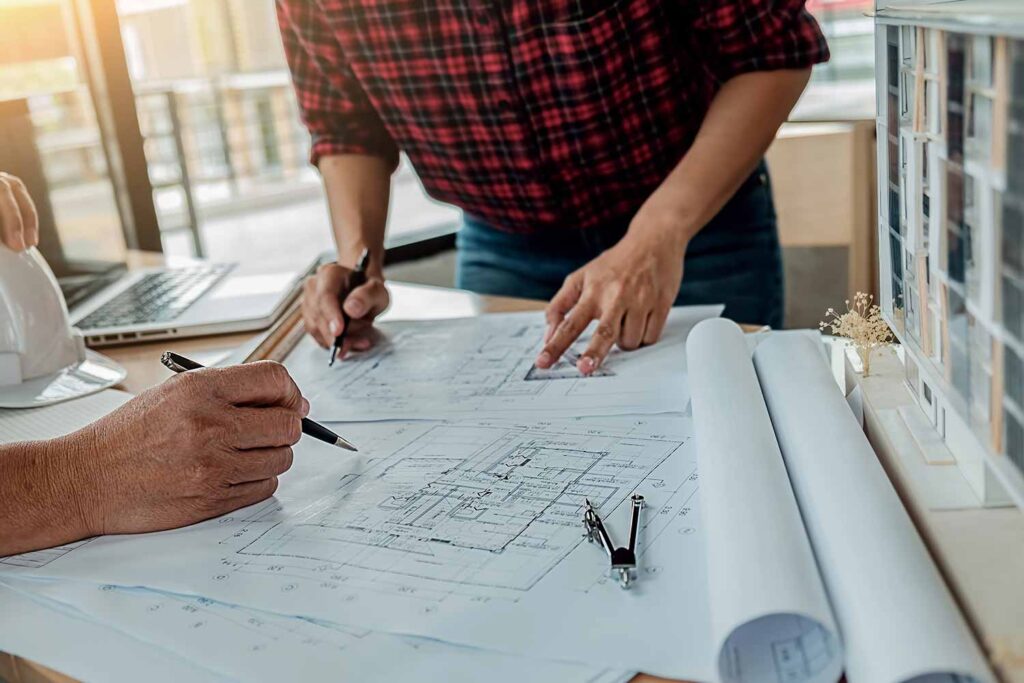When you enter an escape room, it feels like entering another world. The lights shift. The music sets the mood. The puzzles pull you in. Everything feels like it was always meant to be there. But behind the curtain, an enormous amount of invisible work makes that one-hour adventure possible.
Escape rooms might look simple on the surface. A few locks. A timer. A couple of puzzles. But in reality, what you experience in that room is the product of hundreds of hours of creative development, technical testing, and psychological engineering. Each choice has a purpose. Each clue has a story. And none of it happens by accident.
This is a look at what really goes into designing an escape room. Not just the paint and props, but the full process of building something that challenges, entertains, and sticks with players long after the clock runs out.
Where It All Begins
Every escape room starts with a question. What kind of world do we want to create? The answer sets everything else in motion.
Designers start with themes. Some are inspired by heist films, others by dystopian sci-fi, and others by survival thrillers. A good theme is more than just decoration. It creates a world with internal logic. It gives the puzzles a reason to exist. It helps players suspend disbelief and fully step into the experience.
Once the theme is chosen, the story gets layered in. Why are players here? What are they trying to accomplish? What is at stake? The best escape rooms use narrative not as a separate element, but as a tool to structure the game. A well-crafted story naturally guides players from one puzzle to the next, creating momentum and purpose.
This early phase can take weeks or even months. It is where the foundation is built. And without a strong foundation, even the flashiest escape room will fall flat.
The Puzzle Process
With the story in place, the real game begins. Designing puzzles is both an art and a science. The goal is to challenge players, not frustrate them. Every puzzle must be solvable, fair, and satisfying.
Designers map out the entire experience. They decide where each puzzle will be placed, how difficult it will be, and how it connects to the others. This is called the puzzle flow. It ensures the experience builds naturally, starting with simpler tasks to ease players in and gradually increasing in complexity.
Variety is also important. A good room balances logic puzzles, physical tasks, pattern recognition, and creative thinking. If every puzzle uses the same mechanic, players will lose interest. Players stay engaged and motivated if every puzzle requires a different skill set.
What makes this even more complex is the need for multiple players to be involved. Good puzzle design encourages collaboration. It lets different people contribute at different times. And it creates shared moments of discovery that bring people closer together.
From Blueprint to Reality
Once the puzzles are designed and the story is finalized, the physical build begins. This is where the room takes shape.
Designers and builders work together to create the environment. Every prop is considered, and every piece of furniture, lighting element, and sound effect is chosen with care. The space has to be immersive but also durable. People will be touching everything, pulling, twisting, tapping walls, and flipping objects, so props have to look good and hold up over time.
Technology plays a significant role here. Many modern escape rooms use electronic sensors, magnetic locks, pressure plates, and other smart systems to create seamless interactions. When done right, players do not even notice the tech. A drawer pops open, a light changes color, a door unlocks, and it all feels like magic.
But building that magic requires hours of wiring, testing, and programming. One glitch can ruin the experience. So behind every smooth puzzle solution is a meticulously tested and fine-tuned system.
Testing the Experience
After the room is built and the puzzles are in place, the testing begins. And this is where most of the work happens.
First, the designers run through the room themselves. They look for bugs, confusion points, and potential issues with timing or sequence. Then, they bring in staff and collaborators to try it. Every test group is observed. Designers take notes on where people get stuck, where they breeze through, and how they interact with the space.
Then the real test begins. A select group of outsiders gets invited to try the room in a soft launch. This is where the game either works or falls apart.
Sometimes puzzles that seemed clear on paper turn out to be confusing in practice. Sometimes people miss clues because of how they are placed or lit. Sometimes the story does not land. So the room gets revised. Again and again.
A good escape room might undergo dozens of test runs before it opens to the public. Each run improves the experience.
The Daily Grind Behind the Scenes
Even after an escape room opens, the work does not stop. Behind every flawless experience is a team resetting puzzles, repairing props, adjusting lighting, and monitoring performance.
Clues have to be delivered in real time, props need to be inspected daily, and tech components sometimes fail. Even the best players surprise designers with creative solutions or unexpected behavior. So staff have to stay sharp. They are part game master, part technician, and part actor.
This invisible work keeps the magic alive. It ensures that every group, no matter when they play, gets the same level of immersion and excitement.
A Special Challenge – Designing for Two
Most escape rooms are built for groups of four to six. That gives designers flexibility in how puzzles are split and solved. But designing for two players is a different beast entirely.
In a two-player room, there is no room for dead weight. Every puzzle has to be accessible with only two sets of hands. Every moment has to feel engaging. And the pacing has to be perfect. Too fast, and the game feels thin. Too slow, and it drags.
This requires a high level of creativity. Two-player rooms rely on layered puzzles, parallel play, and clever narrative cues to create a sense of depth. They have to feel intimate without being limited.
Very few companies specialize in this type of design. It is harder to build and even harder to master. But when done well, a two-player escape room can be one of the most rewarding experiences in the industry.
Why It All Matters
Escape rooms are not just games. They are handcrafted experiences built from scratch by teams who love what they do.
From the initial idea to the final puzzle, everything is designed to create emotion: surprise, tension, victory, laughter, and connection. These rooms are not about locking people in. They are about pulling people together and giving them something unforgettable to share.
Designing an escape room takes storytelling, engineering, psychology, and craftsmanship. It is a process most people never see. But once you do, you will never look at an escape room the same way again.
Ready to Experience It for Yourself?
If you are in Calgary and want to see the result of this process in action, you can visit Escape Ops.
Every room we create reflects the same attention to detail, immersive design, and puzzle craftsmanship you just read about. Whether you are booking with a friend, a date, or a group of seasoned puzzle-solvers, we’ve built experiences that adapt to different group sizes without sacrificing depth or excitement.
And for those looking for something unique, Escape Ops is proud to offer Calgary’s only dedicated 2-player escape room. These are just one part of a lineup that has earned us more than 500 five-star reviews and recognition as the 17th best escape room in the world.
If you are ready for a challenge that blends storytelling, logic, and adventure, we are ready to host you.
Book your next escape with Escape Ops and experience a game where every detail has been designed with care.

